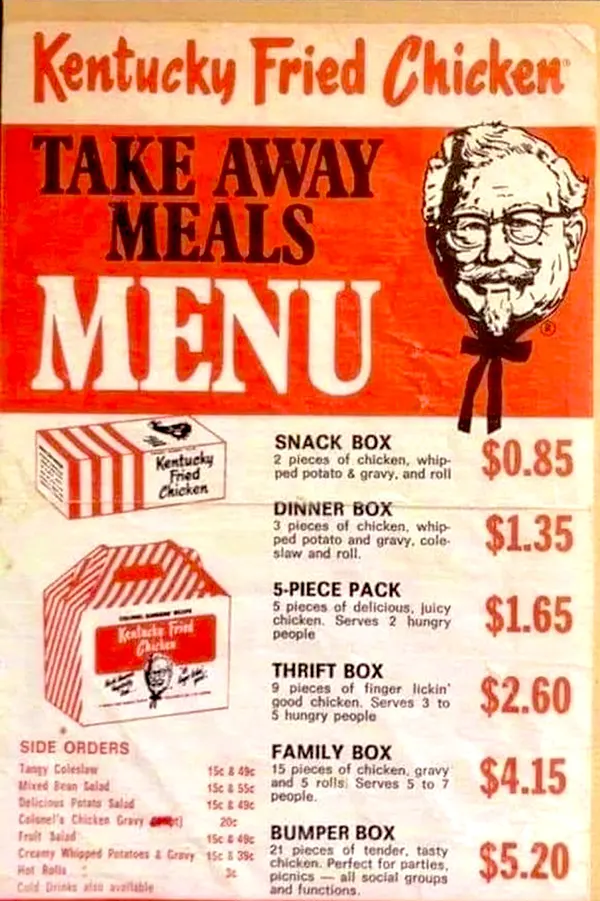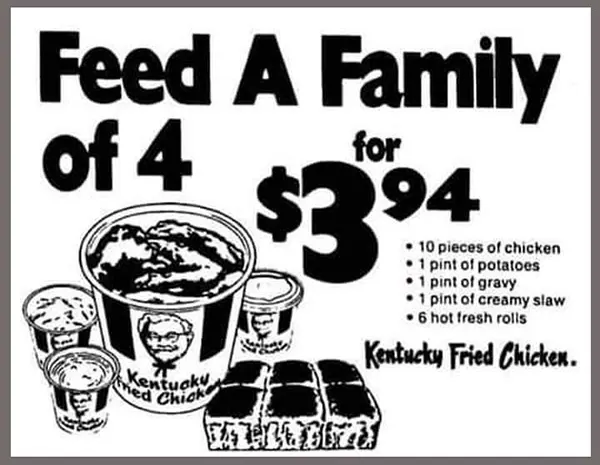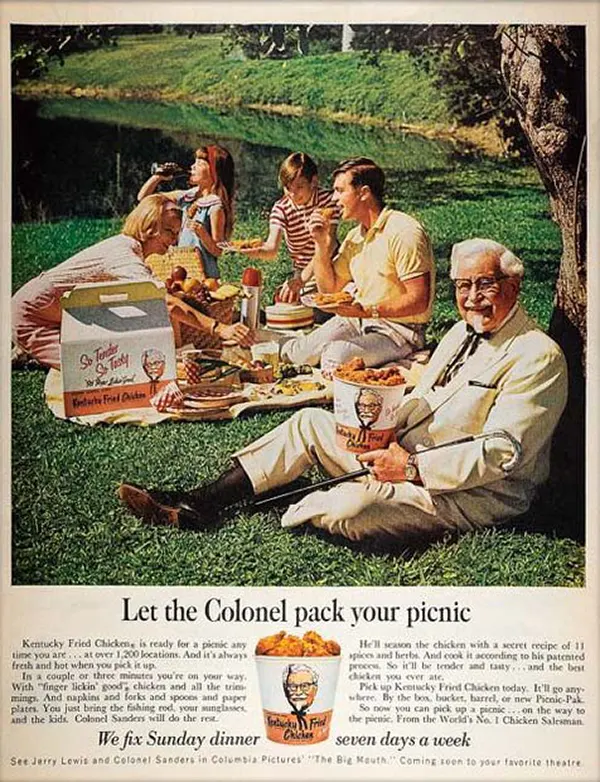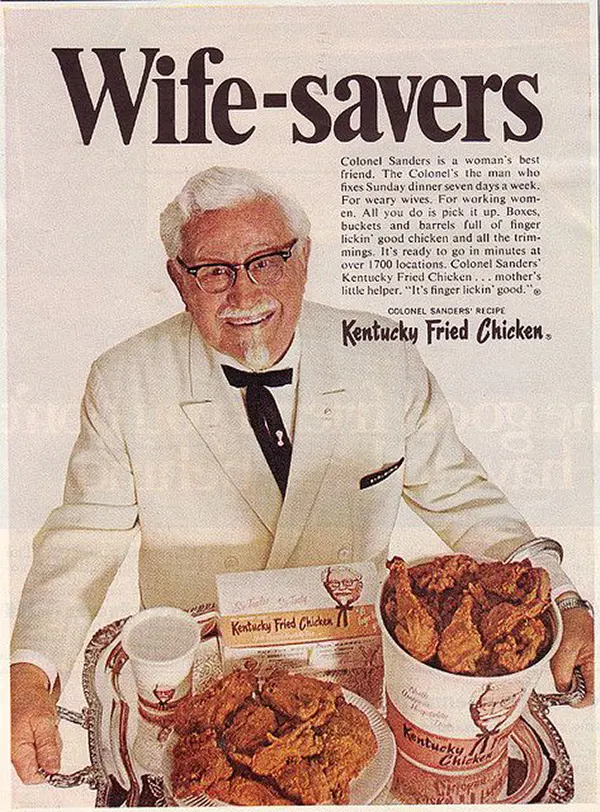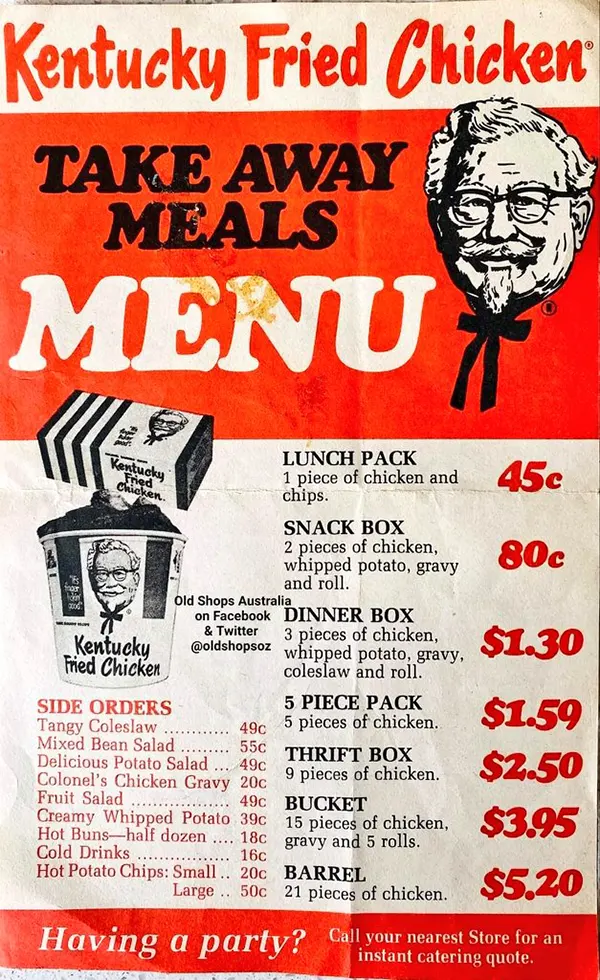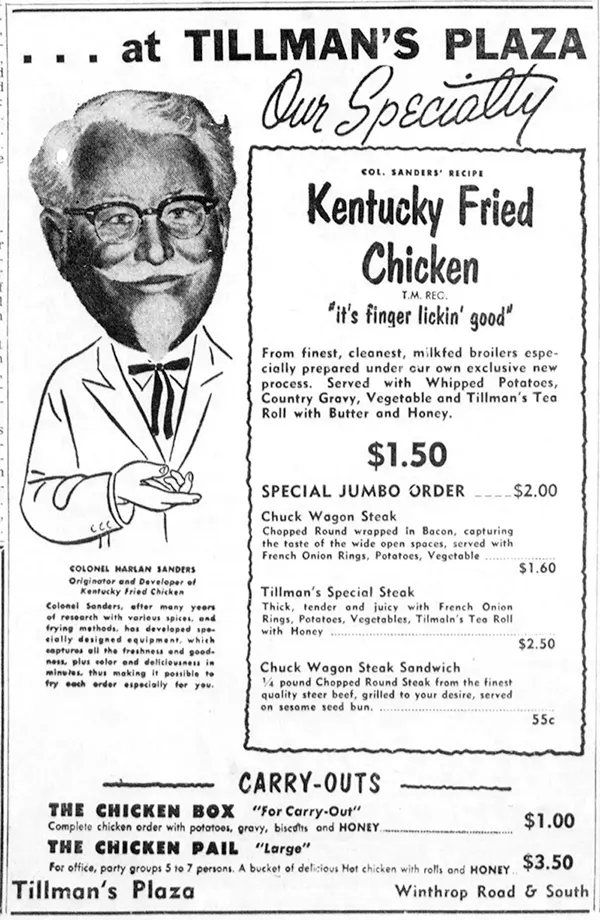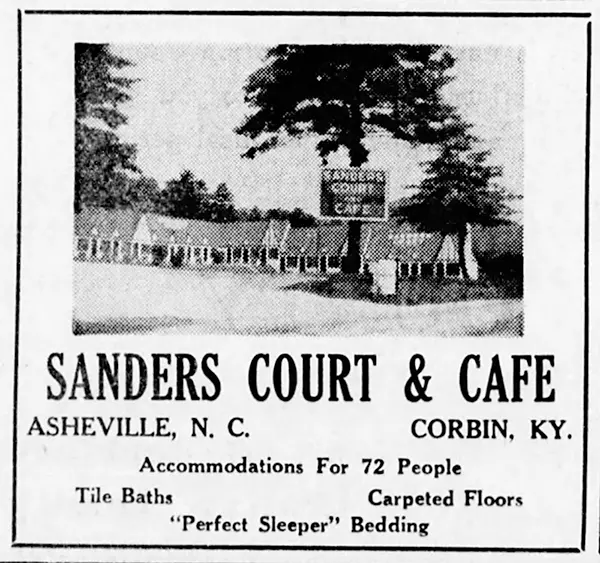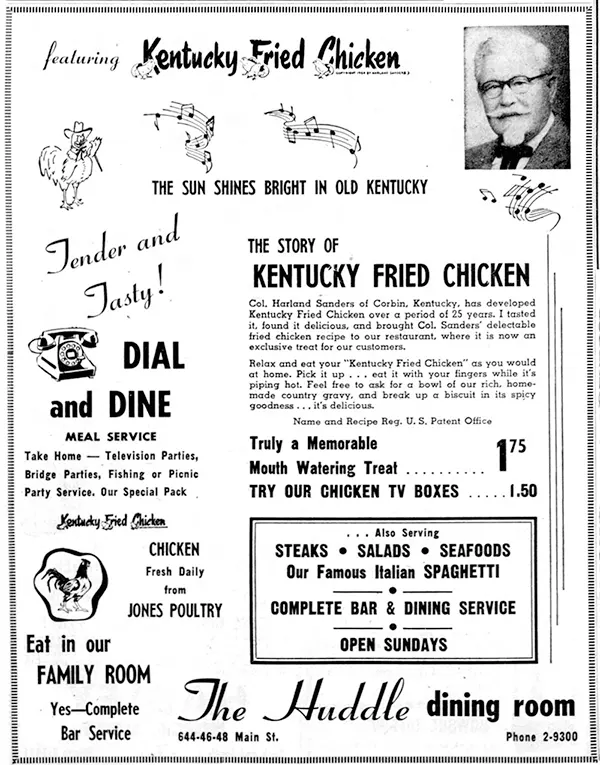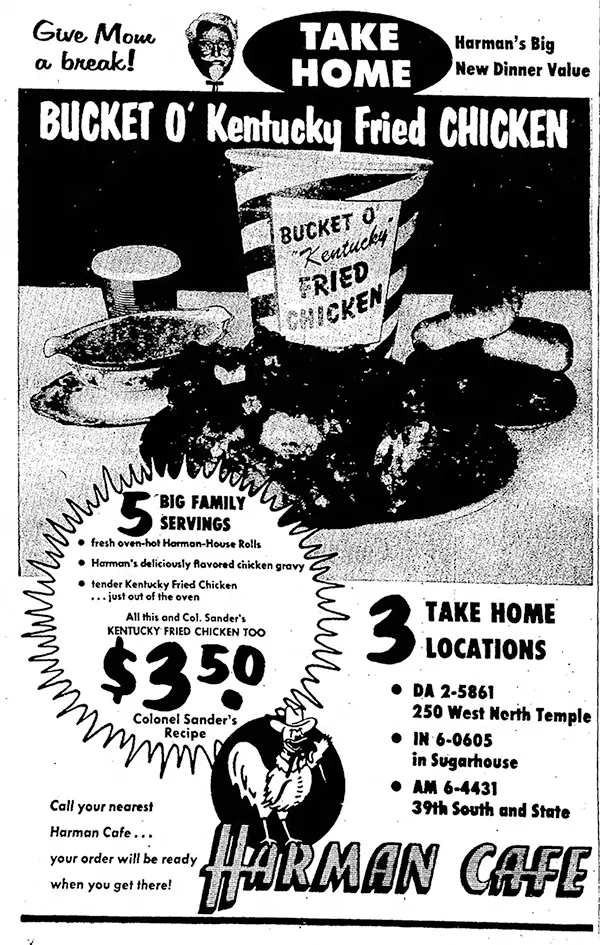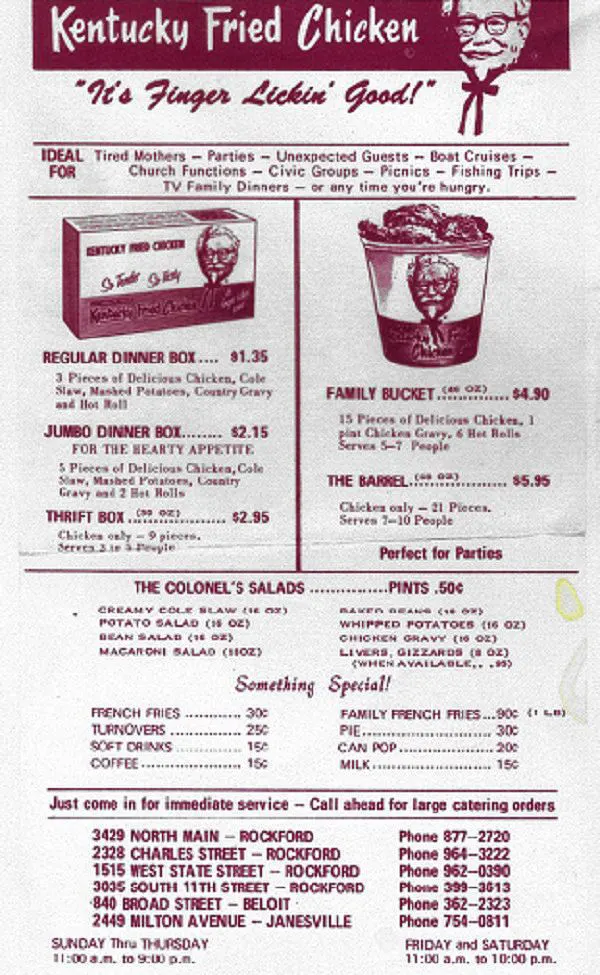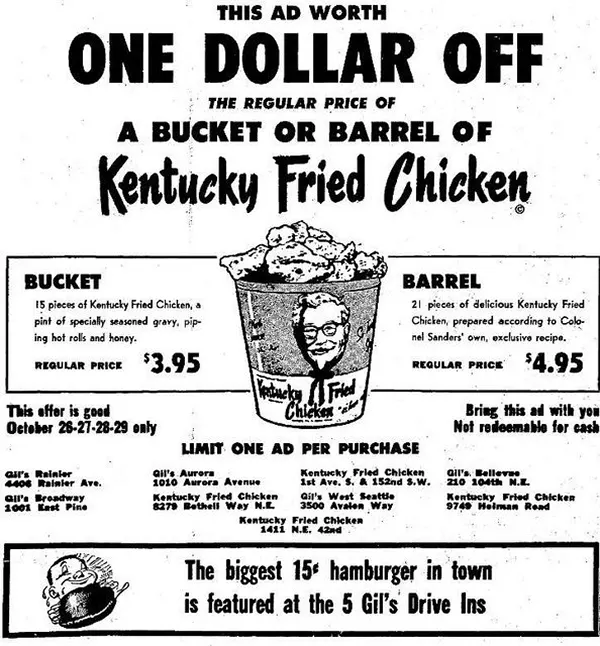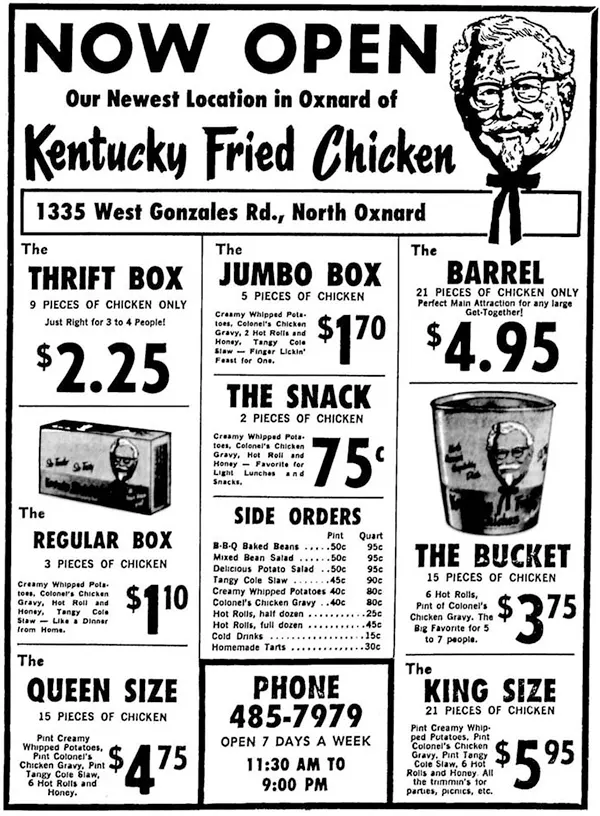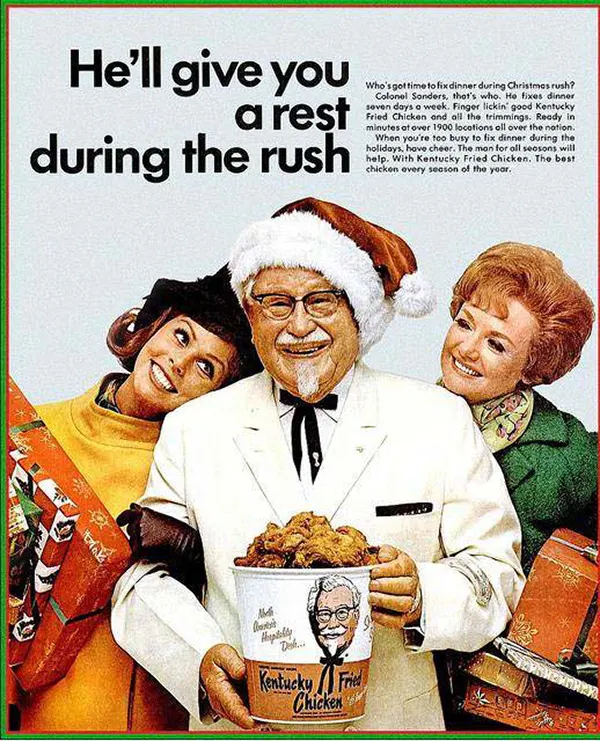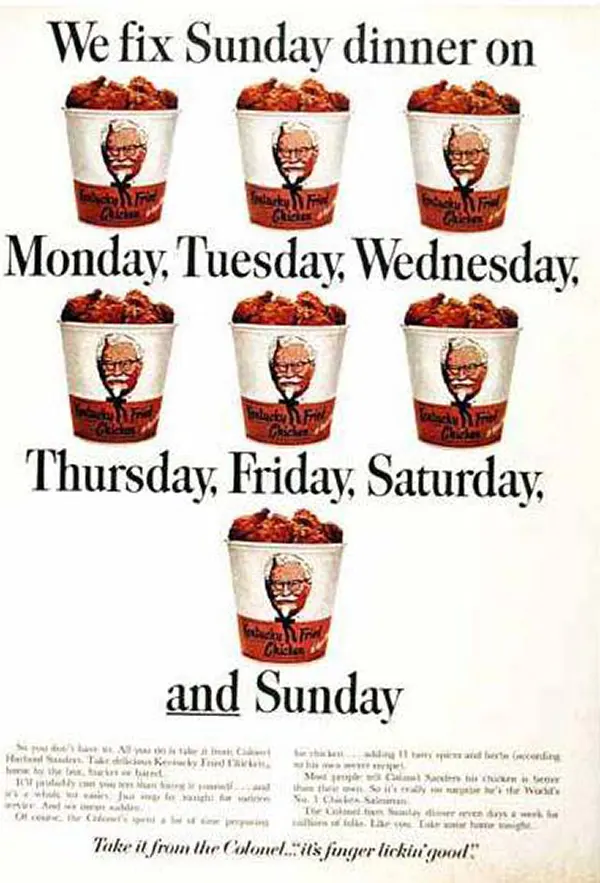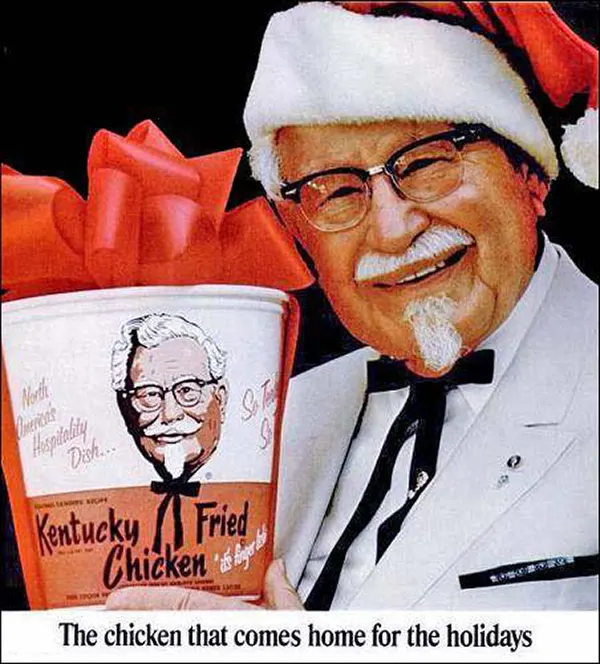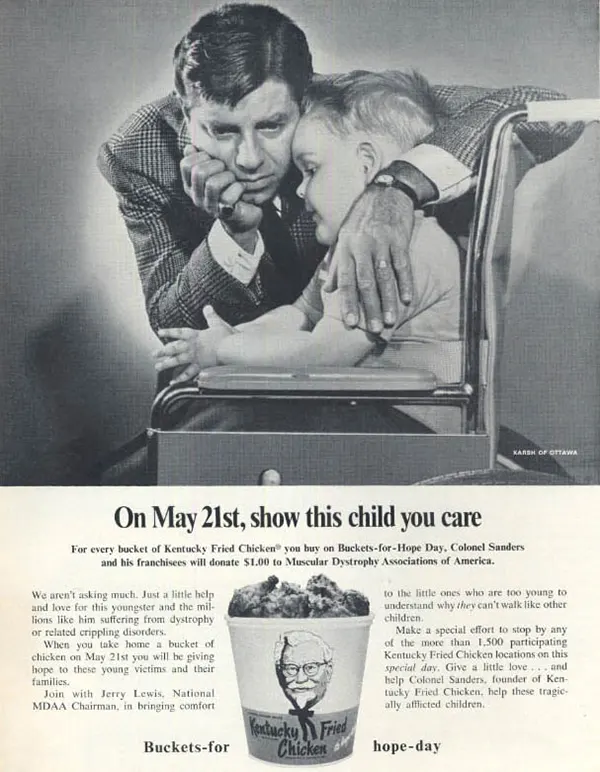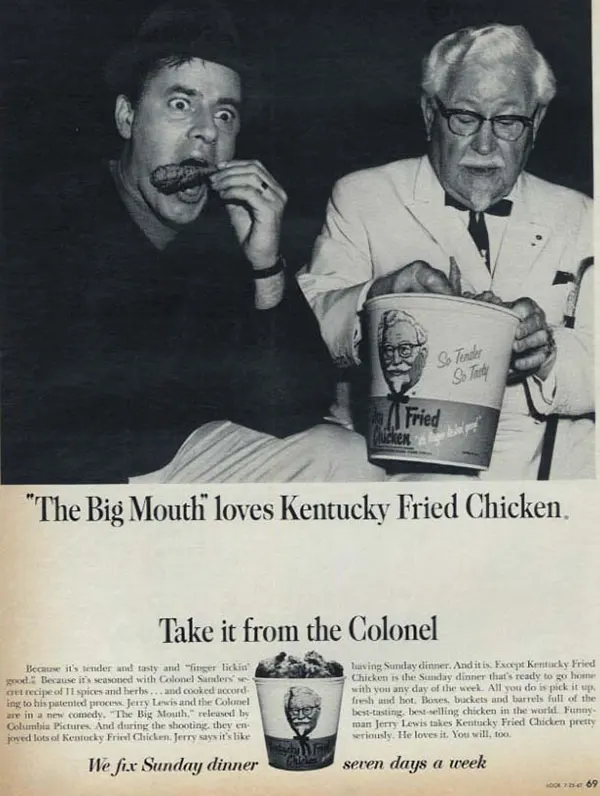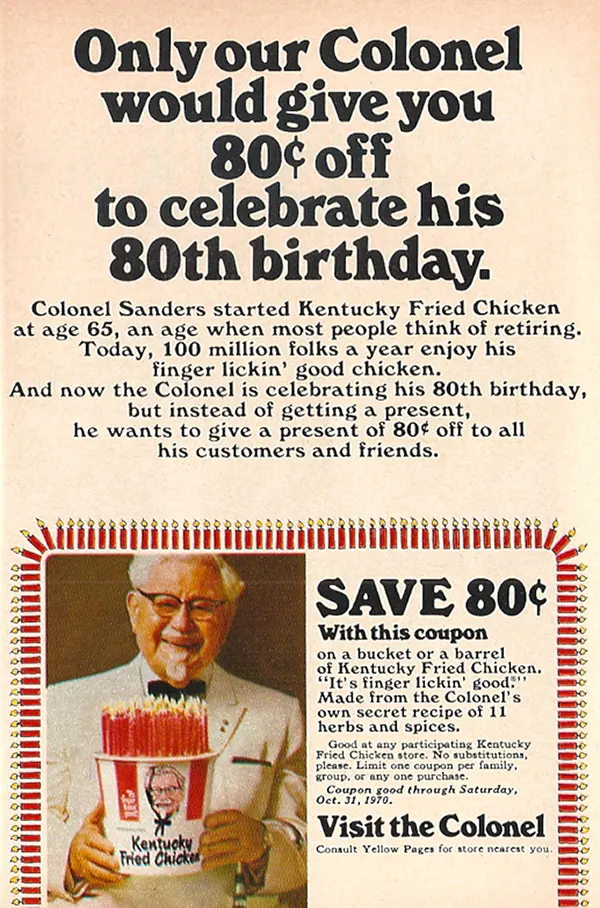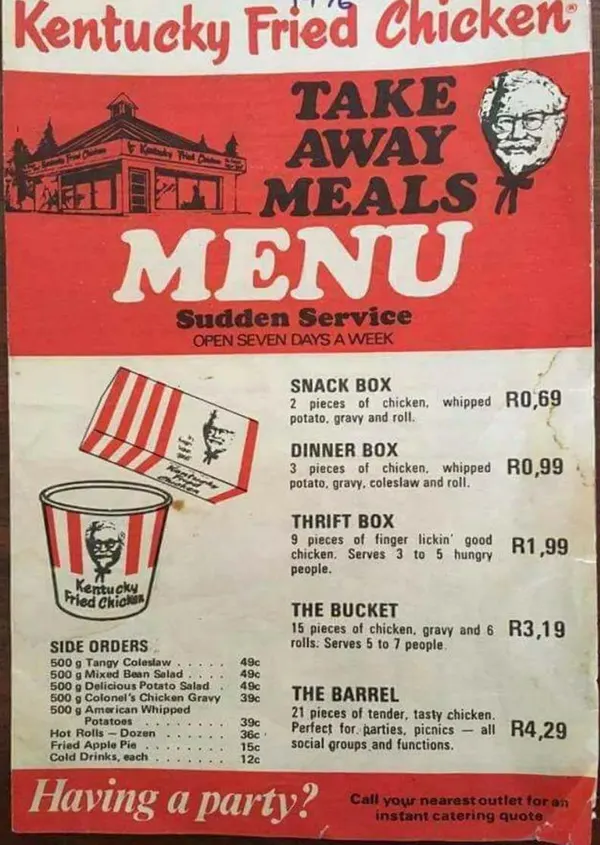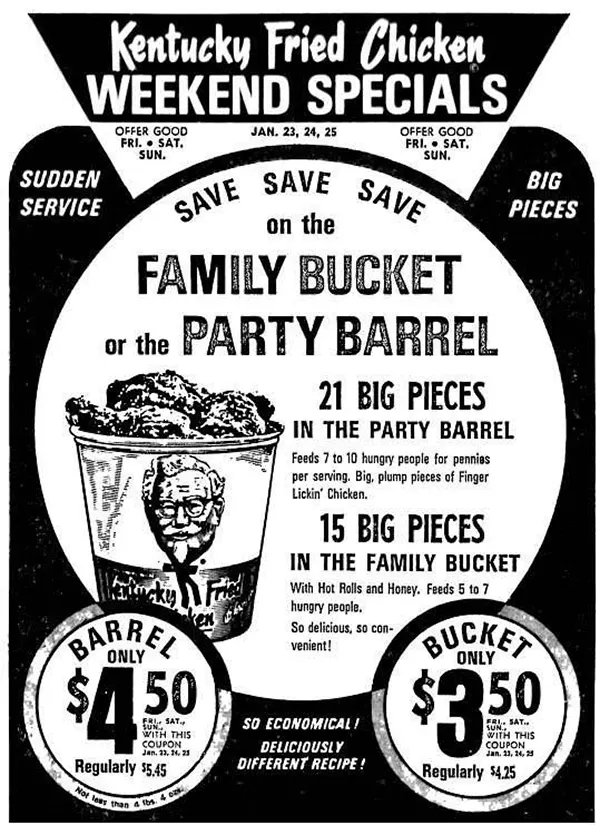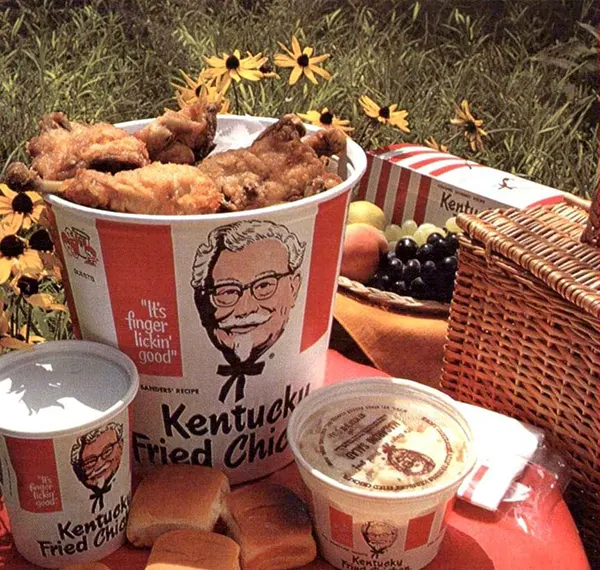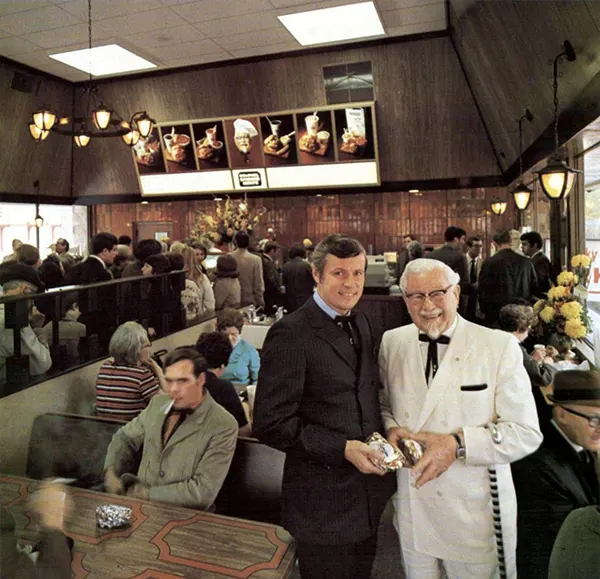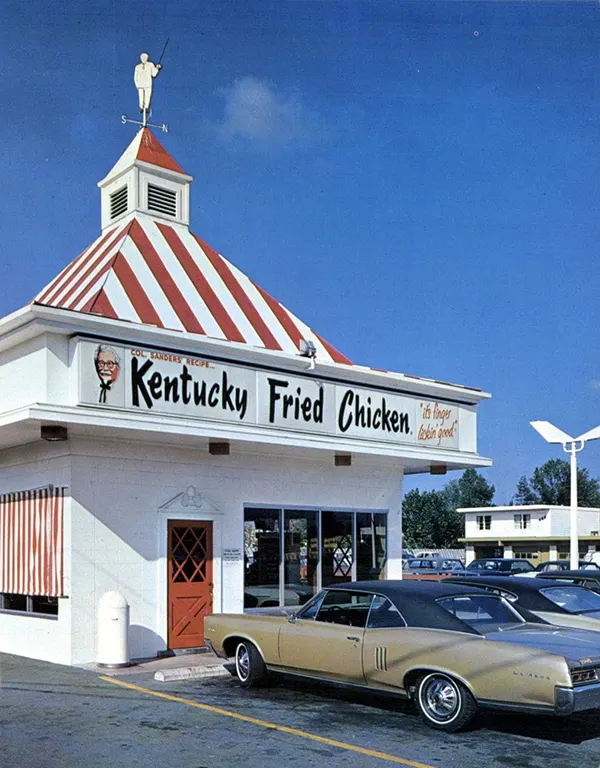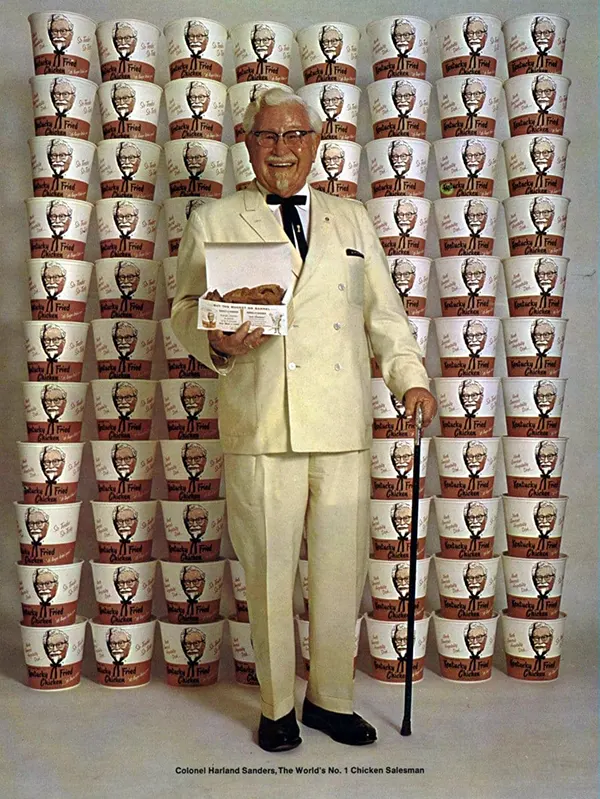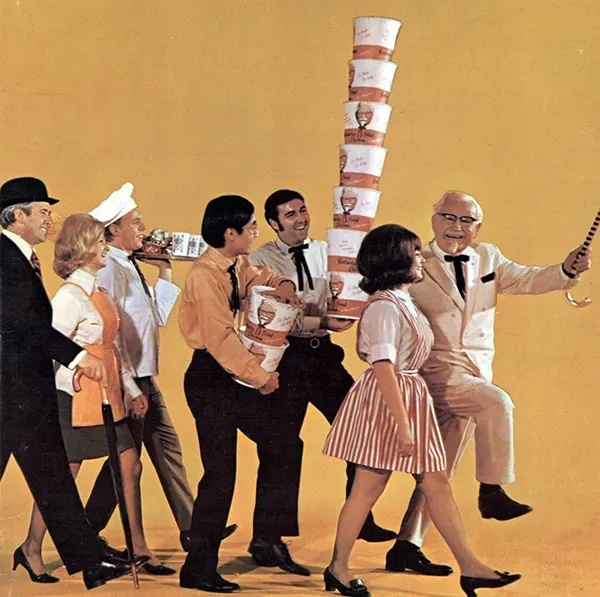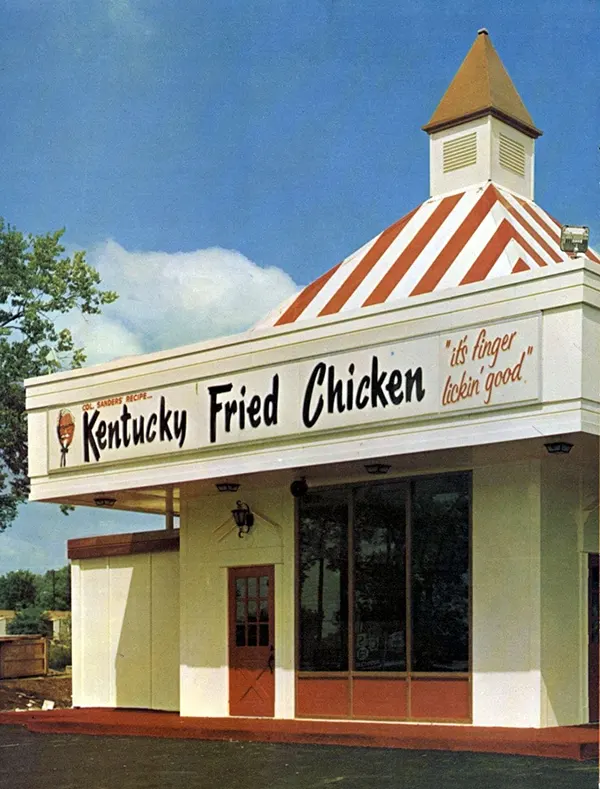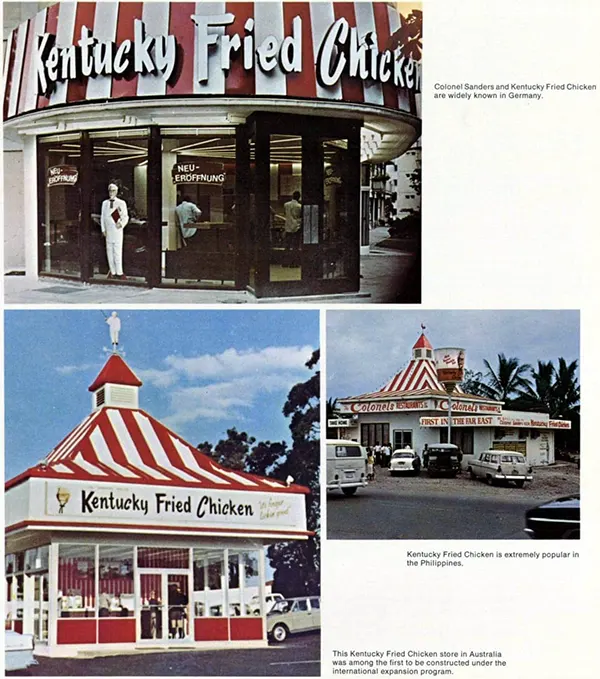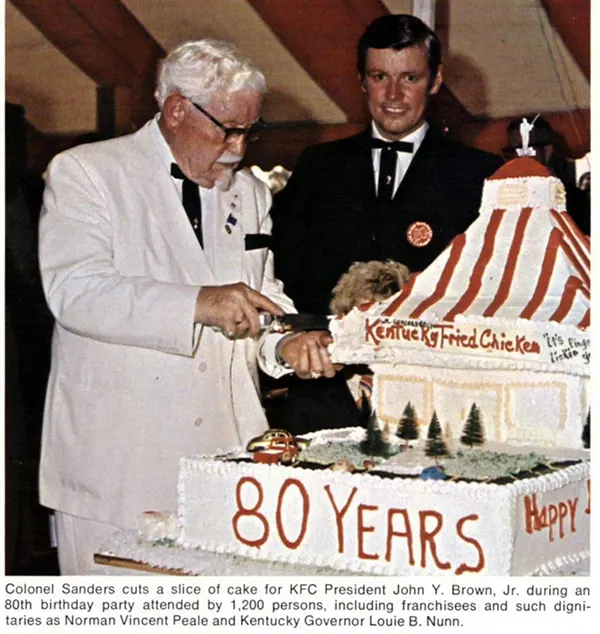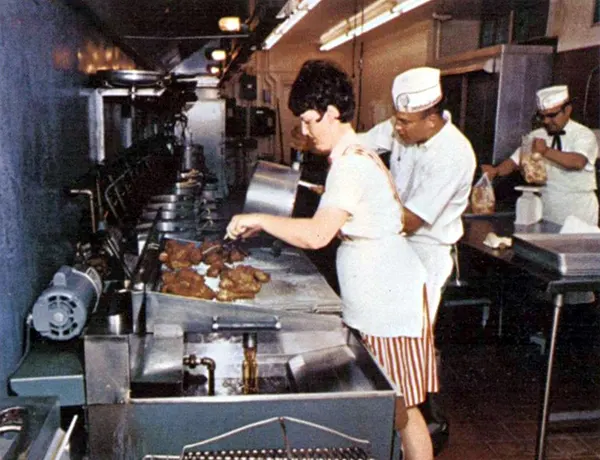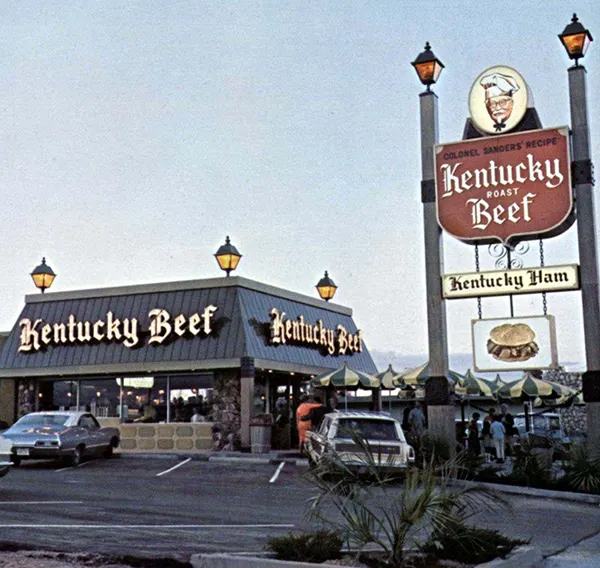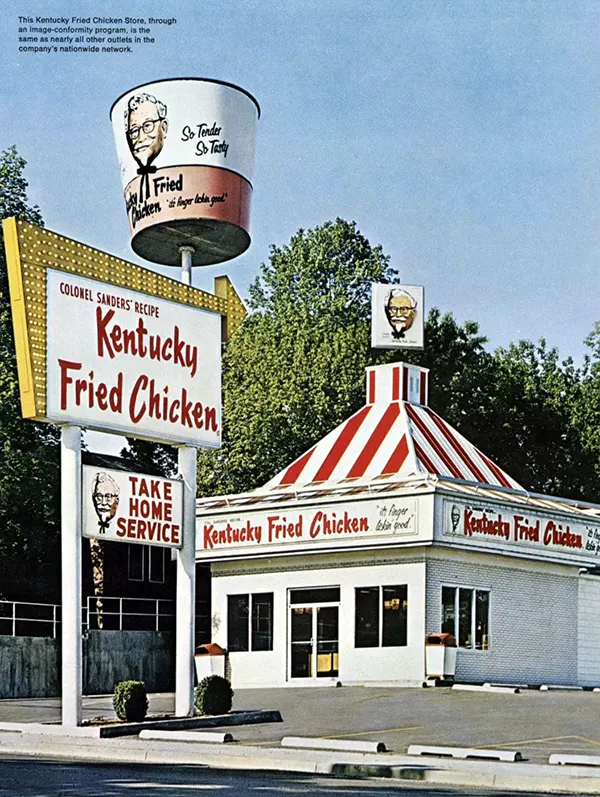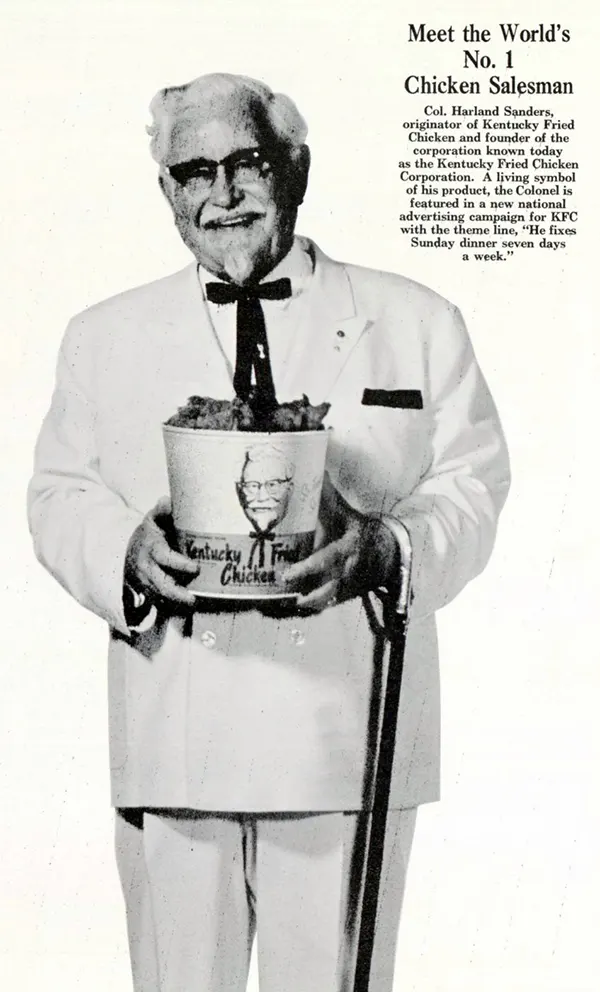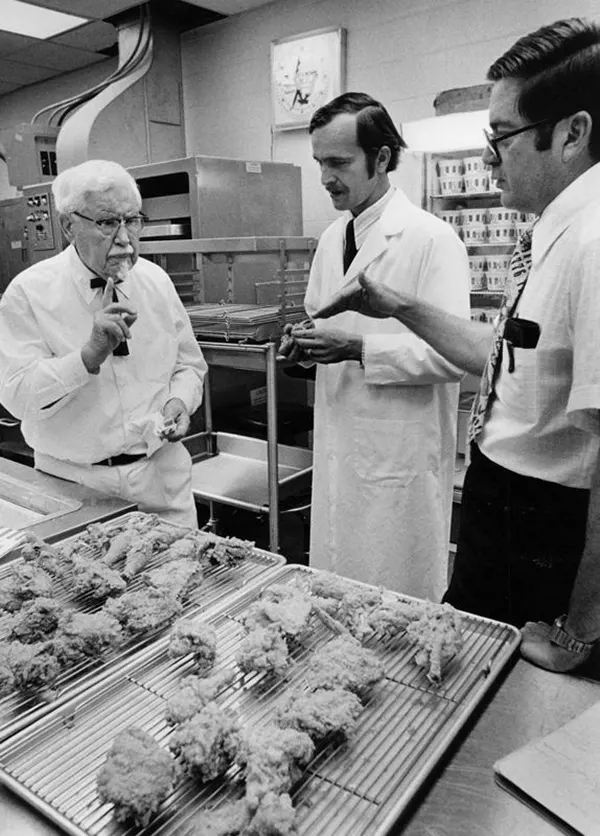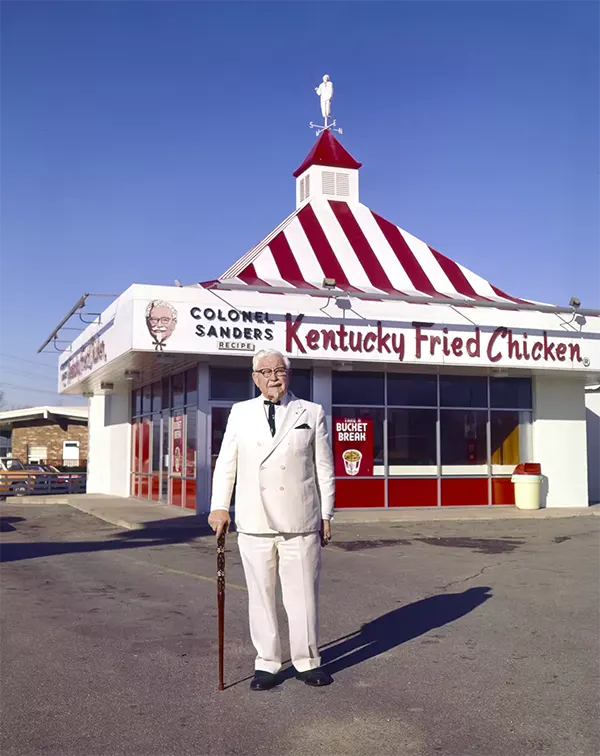KFC, known as Kentucky Fried Chicken until 1991, was founded by Colonel Harland Sanders. In the 1950s, the menu was simple yet groundbreaking for its time. The cornerstone of the menu was Sanders’ “Original Recipe” chicken, which featured a secret blend of 11 herbs and spices. This recipe, finalized in 1940, was the bedrock upon which KFC’s menu was built.
Sanders began franchising his chicken business in 1952. The first franchise was in Salt Lake City, Utah, which marked the beginning of KFC’s expansion. This period saw a focus on promoting the unique taste of the Original Recipe chicken.
The 1960s: Menu Expansion and Branding
During the 1960s, KFC expanded its menu to include more options. The famous chicken bucket, introduced in 1957, became increasingly popular. Other items like chicken fillets and sandwiches began to appear, catering to a broader customer base.
KFC’s advertising in the 1960s capitalized on the image of Colonel Sanders, a real person, unlike fictional brand mascots. Sanders’ image became synonymous with KFC, featuring prominently in ads and promotional materials. The use of a real founder in advertising was relatively unique during this era.
The 1970s: Global Expansion and Diversification
The 1970s saw KFC expand globally, reaching several continents. This expansion led to menu adaptations to suit different cultural tastes and preferences. For instance, in Asian markets, rice dishes were introduced, while in the Middle East, halal versions of their chicken were offered.
The advertising of the 1970s started to diversify. While Colonel Sanders remained a central figure, there was a shift towards more lifestyle-oriented ads. These advertisements often highlighted family meals, aiming to position KFC as a perfect option for family dining.
The 1980s: Technological Advancements and Marketing Shifts
In the 1980s, KFC started to leverage emerging technologies in food preparation and preservation. This era saw improvements in cooking equipment and techniques, ensuring more consistent food quality across various locations.
There was a notable shift in KFC’s advertising strategy in the 1980s. The focus moved towards value and convenience, appealing to a fast-paced society. This period also saw a rise in television advertising, with commercials emphasizing quick service and affordability.
The 1980s was also a time when KFC started to offer special promotions and meal deals. These deals were often advertised heavily and became a significant part of KFC’s marketing strategy, aiming to attract more customers through value propositions.


